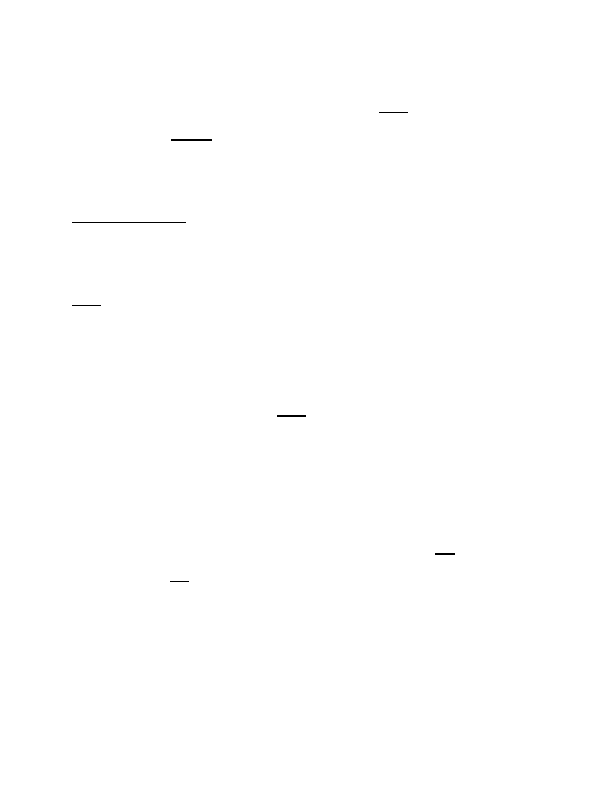
procedural history of that case, the Supreme Court stated: “In cases of statutory
construction, we begin with the language of the statute.” Diehr, 450 U.S. at 182. With
an eye to the Benson language (so central to this court’s reasoning) that
“[t]ransformation and reduction of an article ‘to a different state or thing’ is the clue to
the patentability of a process claim that does not include particular machines,”
Gottschalk v. Benson, 409 U.S. 63, 72 (1972), the Court then noted:
[I]n dealing with the patent laws, we have more than once cautioned that
“courts ‘should not read into the patent laws limitations and conditions
which the legislature has not expressed.’”
Diehr, 450 U.S. at 182 (citations omitted). Indeed section 101’s term “process” contains
no hint of an exclusion for certain types of methods. This court today nonetheless holds
that a process is eligible only if it falls within certain subsets of “process.” Ironically the
Patent Act itself specifically defines “process” without any of these judicial innovations.
35 U.S.C. § 100(b). Therefore, as Diehr commands, this court should refrain from
creating new circuitous judge-made tests.
Read in context, section 101 gives further reasons for interpretation without
innovation. Specifically, section 101 itself distinguishes patent eligibility from the
conditions of patentability—providing generously for patent eligibility, but noting that
patentability requires substantially more. The language sweeps in “any new and useful
process . . . [and] any improvement.” 35 U.S.C. § 101 (emphasis supplied). As an
expansive modifier, “any” embraces the broad and ordinary meanings of the term
“process,” for instance. The language of section 101 conveys no implication that the
Act extends patent protection to some subcategories of processes but not others. It
does not mean “some” or even “most,” but all.
2007-1130 3

